What Are SEO Best Practices?
SEO best practices are techniques, guidelines, or methods that, if followed, improve search engine rankings. In other words, if you strictly follow the SEO best practices, your site can rank higher in search engine result pages. The higher Google ranks your website, the more organic traffic you will generate.
Therefore, to improve your search engine ranking, follow the SEO best practices mentioned below.
SEO Best Practices to Boost Google Ranking
1. Choose the Right Keywords
Choosing the right keyword is one of the most essential SEO best practices. If you are not using the right keywords, your webpage may not appear in SERPs. On the contrary, if you are targeting the correct keywords, your search visibility increases.
For example, if you target a keyword that no one ever uses to search for information online, your content will never generate organic traffic. Similarly, if you target highly competitive keywords, you may not make it to the first page of Google due to intense competition.
Therefore, do keyword research and find keywords with reasonable search volume that are easy to rank for. Popular keyword research tools like SEMrush, Serpstat, and SpyFu give an estimate of how much search volume a keyword generates each month. They also assign a score to the keywords based on their difficulty ranking in search results.
Alternatively, you can use LongTailPro and KWFinder to find longtail keywords. Longtail keywords are easier to rank for in comparison to generic keywords.
2. Include the Focus Keyword Early in Your Content
You may target multiple keywords in a single webpage, but your main keyword takes priority over all. Although using keywords several times throughout your content is critical, using the focus keyword early in the content, preferably in the introduction, can make a significant difference.
Google gives more importance to terms appearing at the beginning of the content. Therefore, it is an SEO best practice to include focus keywords as early as possible in your content. Ideally, you should always include the focus keyword in the introduction.
3. Ensure the Content Matches the Search Intent
Since Google aims to provide the best search experience to its users, it ranks web pages based on how well they match the search intent. In other words, pages that match the search intent rank higher in search engine result pages.
Search intent is a searcher’s expectation, purpose, or goal behind a search query. It refers to the kind of information the searcher is looking for online. Even if you target the right keyword, but your content does not fulfill the searcher’s expectations, Google will drop your ranking.
The following are the four basic types of search intent:
Informational
Informational intent is when the searcher is looking for knowledge or information. What, why, and how to posts come under this category.
Navigational
Navigational intent means the searcher is looking for a specific brand, website, or web page. Search queries with navigational content include the brand name or business name. They usually include terms like ‘buy’, ‘purchase’, or ‘deal’.
Commercial
Commercial intent refers to when the searcher intends to learn more about a brand, business, product, or service to help make purchase decisions.
Transactional
Transactional intent means the searcher wants to purchase a product or a service. List posts like “best clothing brands near me’ and product reviews fall in this category.
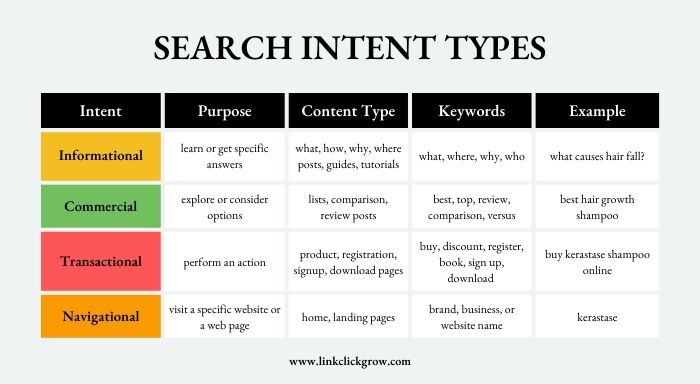
Ensuring your content aligns with the search intent is among the SEO best practices you should always pay attention to. Apart from the above basic search intent types, you should include all the relevant information a searcher expects to find in your content.
To ensure your content is aligned with the search intent, you should:
- Observe the top search results for the keyword.
- Include LSI keywords to help search engines better understand the intent of your content. LSI keywords are terms, words, or phrases semantically related to the focus keyword. They establish topic relevance and help search engines understand the intent of the content. LSIGraph and SurferSEO are popular tools for finding LSI or related keywords.

3. Identify the web pages that have a high bounce rate and change their content to match the search intent.
4. Optimize Images
Images make content valuable and visually attractive. However, if you do not optimize images, they can negatively impact your SEO efforts due to the following two reasons:
- Images can make your web page heavy, increasing page load speed.
- Images with non descriptive Alt tags do not rank in Google images.
To optimize images, you should:
Use Descriptive Alt Tags and File Names
Make sure all the images have descriptive alt tags and file names. Alt tag tells search engines about the image, making it easier for it to rank in Google images. Additionally, as per Google’s statement, descriptive Alt tags and file names help improve your rank in web searches.
Store Images in Appropriate Format
JPEG and PNG are the two widely used image formats for the web, as all major browsers support them. Both formats can be efficiently compressed and ideal for image optimization. Although JPEG files are smaller, PNG is more suitable for images containing text and line drawings.
Compress Images
Compressing images can significantly reduce their size, making them lightweight. However, you must use a good tool or plugin that compresses images without impacting their quality. One such WordPress plugin is Smush, which enables lossless compression.
5. Optimize Title Tag and Meta Description
Next on the list of SEO practices is title tag and meta description optimization, both of which appear in search result listings. Title tags and meta descriptions significantly impact search engine ranking and help users understand the context of your web page.
An optimized title tag and meta description help improve your rank in SERPs and increase your click-through rate. For title tag and meta description optimization, ensure:
- They include the main keyword.
- They are unique for each web page.
- Only one keyword appears in the title tag and meta description.
- They are compelling and concise.
- They match the search intent.
- The title starts with the keyword whenever possible.
Apart from the above guideline, the title and meta description length should also be optimal. Ideally, a title should contain 50-60 characters, while the meta description should contain 150-160 characters.
6. Make Sure Your Site Loads Fast
Google ranking factors remain a mystery, but it has talked about using page speed in mobile search ranking. Therefore, your site must load as quickly as possible to rank higher in SERPs, especially on mobiles.
To check the load speed of your web pages, you can use Google Pagespeed Insights Tool. This tool gives a detailed report regarding your web page performance, along with valuable suggestions on how you can improve it.
The following are a few ways to improve the load speed of your web pages:
Switch to a Fast Web Hosting Server
Since web hosting servers serve all your web page requests, they can significantly impact the website speed. Therefore, switch to a fast web hosting server to enhance page load speed. The following are a few of the fastest web hosting servers:
Use Lightweight Themes
Heavy themes can slow down the speed of your website. Therefore, if you are experiencing performance issues, switching to a lightweight WordPress theme can improve your load speed. The following are a few WordPress themes you can use to improve your site performance:
Use Content Delivery Network or CDN
A content delivery network or content distribution network is a distributed network of proxy servers at geographically different locations. It ensures fast content delivery by providing data from the servers closest to the users’ location.
Apart from the above techniques, you should also enable caching, minify JavaScript and CSS, reduce redundant plugins, and lazy load images and multimedia to increase page load speed.
I recommend using tools and plugins like WP Rocket, WP Optimize, and Nitropack for caching, minifying JavaScript and CSS, and lazy loading for efficient results.
7. Make URLs SEO Friendly
Next on the list of SEO best practices is making URLs SEO friendly. URLs help users and search engines determine the context of your web page.
To make URLs SEO friendly:
- Keep them short. Short URLs tend to outperform long URLs.
- Include the keyword in the URL to improve SERP rank.
- Include a subfolder or category to help search engines and users understand how content is organized.
8. Improve User Experience
Few people know that user experience also significantly affects search engine rankings. Google considers user behavior to determine if your page is valuable or not.
If a user quickly returns to the Google search result page after visiting your site, it signals to Google that the user did not find your content valuable. As a result, Google will likely drop your rank. On the contrary, if a user spends reasonable time on your web page, Google will likely reward you with a boost in ranking.
Below are a few tips to enhance user experience:
Use Headings and Subheadings
Headings and subheadings help users and search engines understand your content. They also make it easy for the users to scan the document.
Avoid Popups
Popups can be annoying for the users. If the users are repeatedly interrupted, they may get frustrated and immediately leave your site. Therefore, use popups only when necessary.
Use Enough White Spaces to Enhance Readability
White space enhances the readability of your content. The page looks elegant, and users enjoy reading your content.
Fix Broken Links
Broken links leave a bad impression on users. They affect the website’s credibility and make you look unprofessional. Therefore, ensure there are no broken links on your site.
9. Improve Internal Linking Structure
Another effective SEO best practice is to improve the internal linking structure. Internal links help improve search engine rankings because of the following reasons:
- Like backlinks, internal links also pass authority from one page to another. Therefore, linking from a high-authority page to a low-authority page can boost its ranking.
- Internal links help improve crawling efficiency, which means more pages will be indexed.
- Internal links make website navigation easy, encouraging visitors to visit more pages and decreasing the bounce rate.
However, as the number of internal links increases, managing them becomes problematic. Although internal links help improve rank in SERPs, broken links can negatively affect your ranking. Therefore, I recommend using a plugin like LinkWhisper, RankMath, or Internal Link Juicer for efficient internal linking.
10. Create Quality Content
Your SEO efforts will only succeed if your content is valuable and of high quality. Regardless of the length of the content, it should address the problems, concerns, and demands of your target audience. Include as much information as possible and support your content with data and statistics.
Instead of guessing the problems and demands of your target audience, research and create content on popular topics. One way to find trending topics is using BuzzSumo. BuzzSumo helps find popular questions on Q&A sites and discussion forums like Quora, Reddit, and Amazon.
11. Build More Quality Backlinks
The more authoritative backlinks you build, the higher you rank in Google search results. Authoritative backlinks establish your expertise in your niche. They tell search engines that your content is valuable and worth linking to. As a result, Google rewards you with a higher rank. Therefore, it is an SEO best practice to build more quality backlinks.
Remember, not all backlink types are beneficial for SEO. Only authoritative and quality links like editorial links, acknowledgment links, and links from guest posts contribute to improving your ranking.
One way to build quality backlinks is to analyze competitors’ backlink profiles. Identify highly authoritative domains linking to your competitors and reach out to them, asking for backlinks. You can use tools like SEMrush, Serpstat, and SpyFu for competitor backlink analysis.
12. Monitor Webpages’ Performance in Google Search Console
Monitoring website performance in the Google search console is last on the list of SEO best practices. Your performance is a measurement of how effective is your SEO strategy.
If the number of clicks and impressions increases, you are heading in the right direction. On the contrary, if you see a decline in your impressions and clicks, it is time to revisit your SEO strategy and make changes.
Another beneficial information you can get from the Google search console is which keywords people use to find information. If you are not targeting those keywords, it is time to incorporate them into your content for improved ranking.
Conclusion
Ranking higher on Google is a challenge for every online business. With frequent changes in Google’s ranking algorithm and increasing digital competition, achieving a higher position in SERPs has become even more difficult. However, following the above SEO best practices can improve your rank and increase organic traffic to your site.

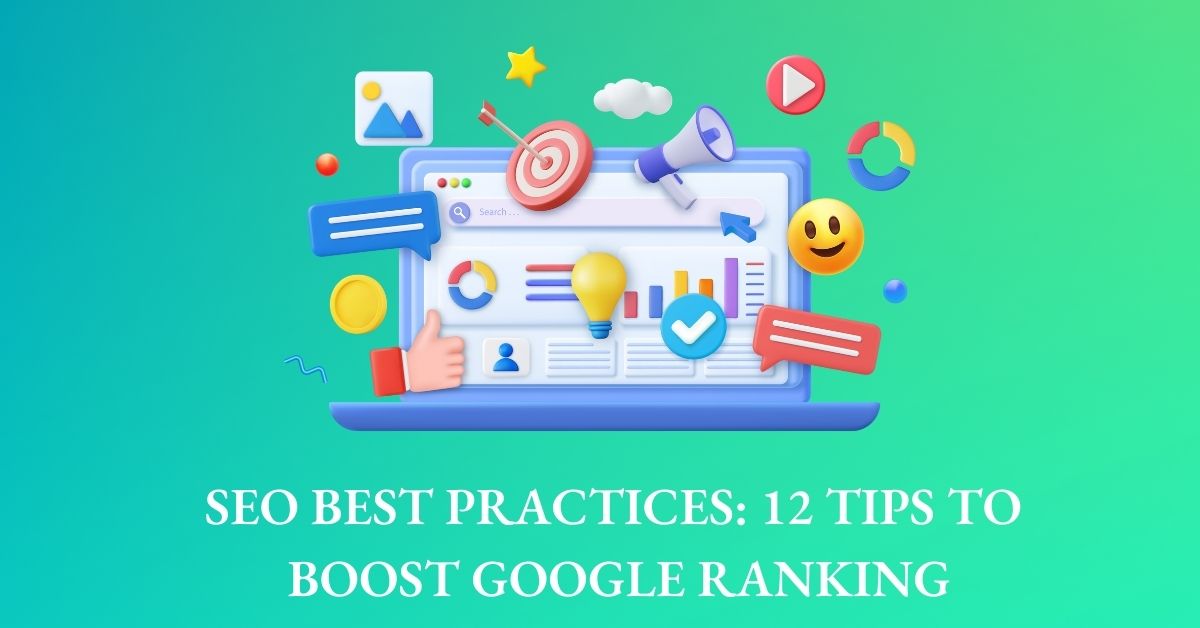

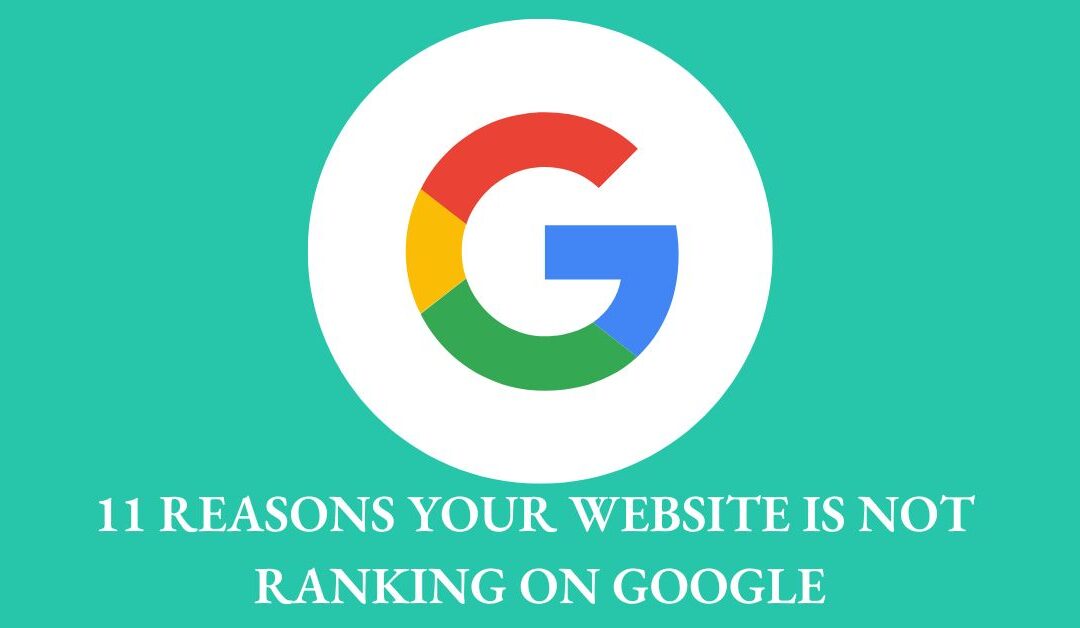
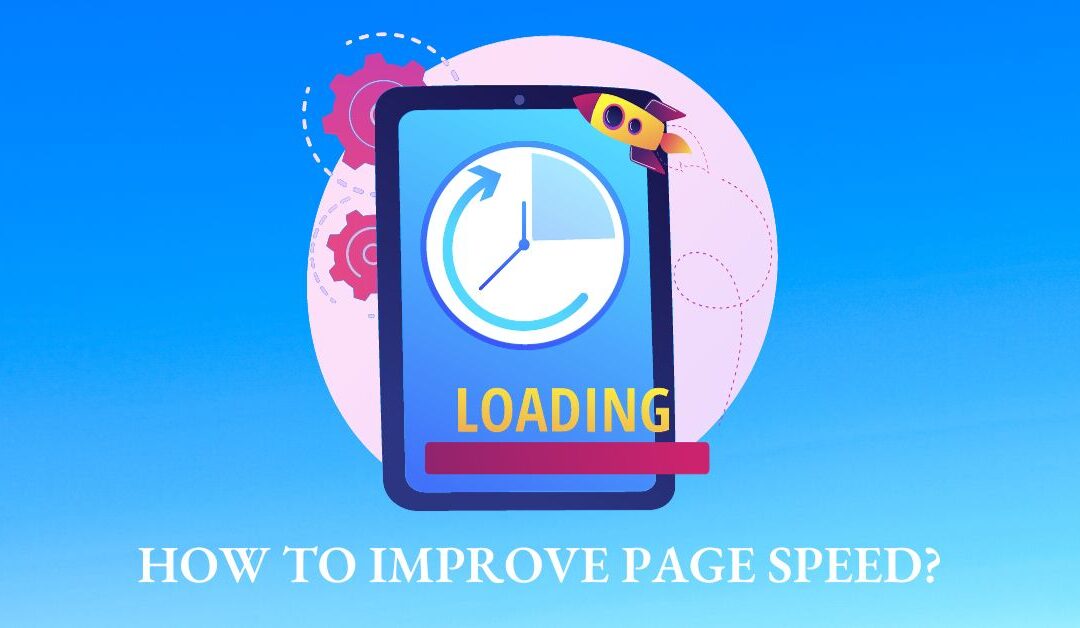
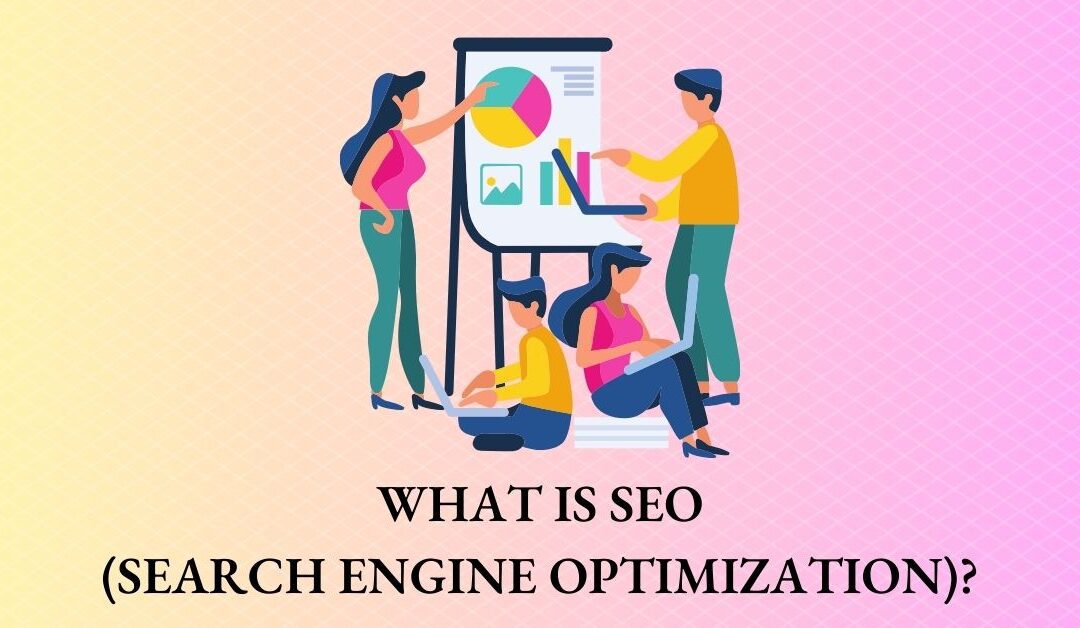
0 Comments